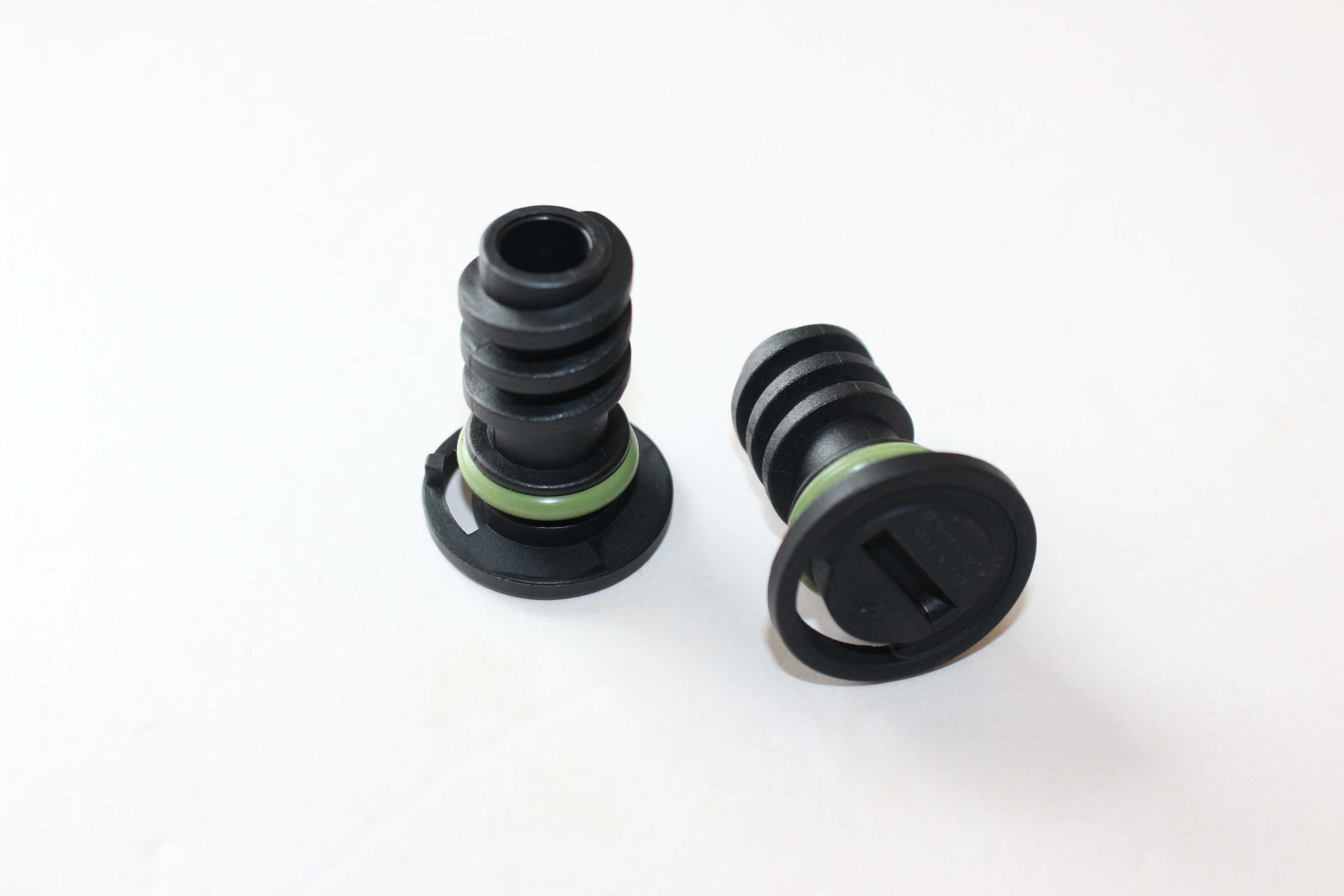Choosing the Right Flat O-Ring Seals for Optimal Performance and Reliability in Applications
Understanding Flat O-Ring Seals An Essential Component in Sealing Technology
Flat O-ring seals are a vital component in a wide range of industries, providing a reliable solution for preventing leaks in diverse applications. These seals are distinguished by their simple yet effective design, typically made from flexible materials such as rubber, silicone, or polymer composites. In this article, we will explore the features, applications, benefits, and considerations associated with flat O-ring seals.
Features and Design
A flat O-ring seal is characterized by its circular cross-section, allowing it to fit snugly into a designated groove. This design creates a barrier that prevents the passage of fluids and gases, ensuring a leak-proof seal even under varying pressure conditions. The flat design differentiates it from traditional round O-rings, enabling it to be utilized in configurations where space constraints or surface irregularities may pose a challenge.
The materials used in flat O-ring seals are essential to their function. Common materials include nitrile rubber, which offers excellent resistance to oils and fuels; EPDM (ethylene propylene diene monomer), suitable for high temperatures and weathering; and silicone rubber, known for its flexibility and high-temperature properties. The choice of material influences the seal’s performance, durability, and suitability for specific applications.
Applications
Flat O-ring seals are employed across various industries, showcasing their versatility. In the automotive sector, they are used in engine components, transmission systems, and fuel systems to ensure that fluids do not leak and that pressure is maintained. In the aerospace industry, flat O-rings play a crucial role in sealing fuel tanks and hydraulic systems, where reliability is paramount.
Moreover, these seals find applications in manufacturing processes, particularly in the food and beverage sector, where hygiene and cleanliness are essential. Flat O-rings are used in pumps, valves, and fittings to prevent contamination and ensure safety. Additionally, in the pharmaceutical industry, they are critical for equipment that must be sanitized regularly, preventing any cross-contamination.
flat o ring seal

Benefits
The benefits of flat O-ring seals are numerous. Firstly, their ability to create a strong seal under pressure helps to reduce maintenance costs by minimizing leaks and preventing the loss of fluids. This is particularly advantageous in industrial settings where downtime can be expensive and disruptive.
Secondly, flat O-rings are relatively easy to install and replace. Their design allows for quick assembly, which is critical in manufacturing and production environments. This ease of use supports operational efficiency, as the risk of errors during installation is reduced.
Lastly, the adaptability of flat O-ring seals to various materials and sizes makes them suitable for bespoke applications. Engineers can design specific O-rings to meet the precise requirements of a given project, enhancing performance and reliability.
Considerations
While flat O-ring seals offer many advantages, certain considerations must be taken into account. The selection of the appropriate material is crucial; factors such as temperature range, chemical exposure, and pressure must be assessed. Additionally, proper installation is vital to prevent deformation or damage, which can lead to seal failure.
In conclusion, flat O-ring seals are a fundamental component in many industrial applications. Their simple yet effective design, coupled with their versatility and reliability, makes them indispensable in sealing technology. By understanding their features, benefits, and considerations, industries can ensure their systems operate efficiently and effectively, ultimately contributing to enhanced productivity and safety.
-
Understanding Automotive Oil Seals: Essential Components for Engine and Shaft Protection
News Jul.30,2025
-
The Importance of Heavy Duty Seals in Industrial and Residential Applications
News Jul.30,2025
-
Exploring Industrial Oil Seals: From Felt Oil Seals to TTO and CFW Solutions
News Jul.30,2025
-
Essential Guide to Oil Seals: From Radial to Metal-Cased Seals for Industrial Reliability
News Jul.30,2025
-
Choosing the Right Oil Seals and Gaskets for Industrial and Automotive Applications
News Jul.30,2025
-
Cassette Seals: Durable Sealing Solutions for Harsh Environments
News Jul.30,2025
-
Understanding the Front Main Engine Seal: Purpose, Maintenance, and Installation
News Jul.29,2025
Products categories















